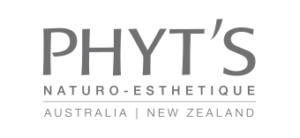Bright boost with plant-based glycolic acid for a glowing skin
Glowing skin signifies radiant health, vitality and youth, and helps us face the world with more confidence. So, it’s no wonder humankind across all cultures and regions have been searching for ways to improve the skin’s appearance throughout the ages. There’s one technique that has consistently emerged throughout history as a top choice for rejuvenating the skin surface — peeling.
This time-tested modality has come a long way. Consider the days in ancient Egypt, where enzymatic agents were first explored as a way to heal and repair the skin, or the 1800s to 1900s when dermatologists began wielding the rejuvenating and brightening properties of salicylic acid, resorcinol, phenol and trichloroacetic acid. Indeed, acids and enzymes have long been used to repair and regenerate the skin non-invasively.
Chemical Peels are classified according to strength, with superficial peels being the mildest form.
The most common superficial peeling agents are Glycolic Acid and Salicylic Acid, and the more gentle ones are made with pure fruit enzymes. Glycolic acid is the smallest molecule of the AHAs (alpha hydroxy acids) and therefore has the best skin penetration. These peeling agents are blended with other mild ingredients to create a liquid or paste formula that is applied to the skin long enough to penetrate only the epidermis. This process breaks down the binding elements of the skin’s top layer, causing dead skin cells to shed off to reveal the fresh healthy underlying skin.
Superficial peels are usually well tolerated with minimal discomfort.
Medium depth chemical peels penetrate through the superficial epidermis of the skin and reach the papillary dermis, the uppermost layer of the dermis. The most common ingredient used in medium peel is trichloroacetic acid (TCA) which can be applied in a concentration of up to 35%. The efficacy of medium depth peel can be improved by pretreating the skin with a superficial peel.
Deep peels using phenol in high concentration to reach the reticular dermis are now rarely performed due to their potential risk for complications. They have been replaced mainly by laser ablation.
It is recommended to wear a quality sunscreen every day, but it becomes imperative after a chemical peel of any strength. The skin is more delicate after a peel so it’s important to nourish and protect it.
Phyt’s has removed the guesswork and discomfort out of the peel dilemma by developing the first certified organic chemical peel; a real skin renovator with Glycolic Acid of plant origin. It is a gentle and non-invasive professional treatment which works on the skin’s superficial layer: the stratum corneum.
Phyt’s Glycolic Acid is obtained from filtered Sugar Cane extracts. The extract is an excellent fruit acid (AHA = Alpha Hydroxy Acetic Acid), and its small molecular size ensures excellent skin penetration. It has a keratolytic property (it works as an exfoliant, causing the outer layer of the skin to loosen and shed) thereby improving the appearance of the skin. AHA also functions as a pH adjuster.
Only available in beauty salons or spas, one session of Phyt’Skin Renov Certified Organic Chemical Peel works like a deep exfoliation and gives you a brighter skin and refined pores.
But, the best results for a glowing, softer and smoother skin are obtained with the full at-home & salon program: a powerful skin resurfacing system with a deeper peeling action. There is no downtime, recovery time or rest post-treatment, so ideal for men or women wanting to rejuvenate their skin “incognito”.
Interested? Check Phyt’s partner salons to find out more about Phyt’Skin Renov Peel.






